Everything you wanted to know about wine but were afraid to ask
Red, white and rosé demystified
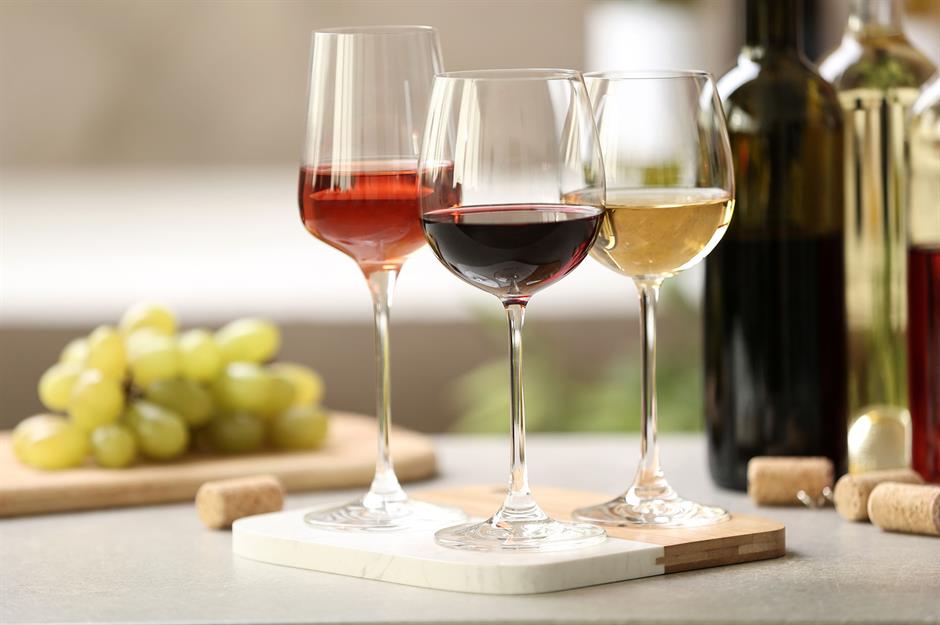
How is wine made?
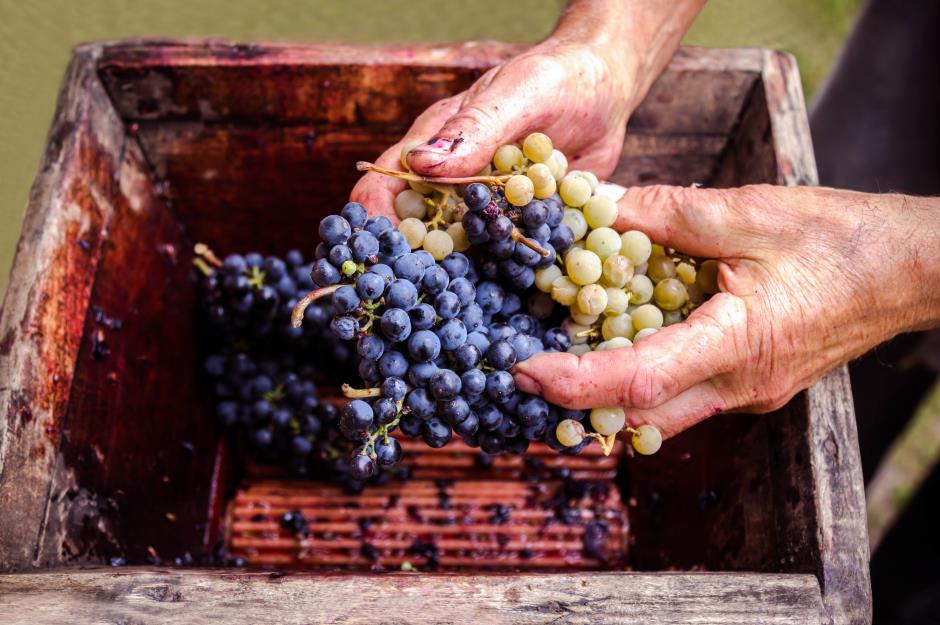
Does red wine come from red grapes and white from white?
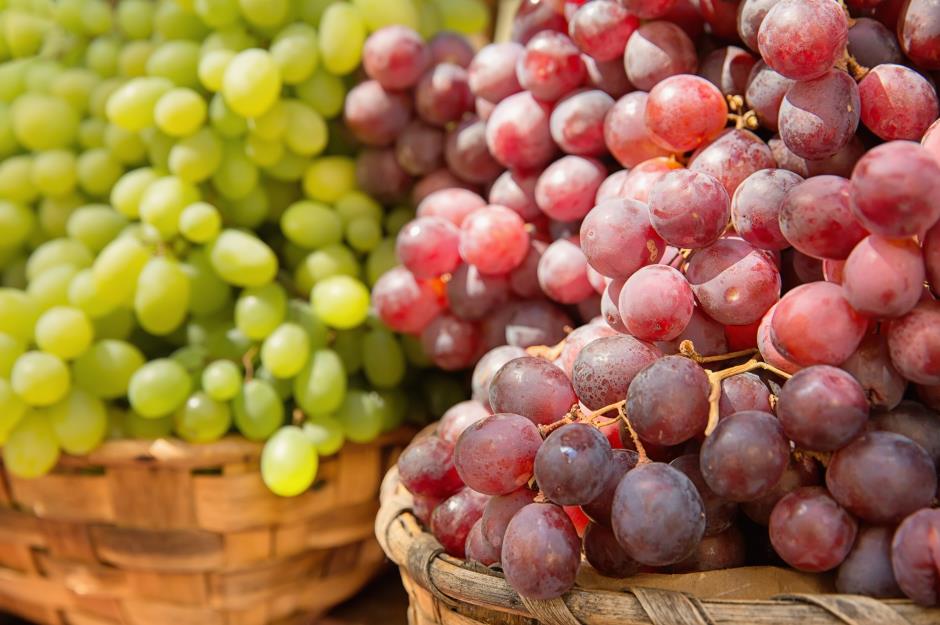
What is rosé?
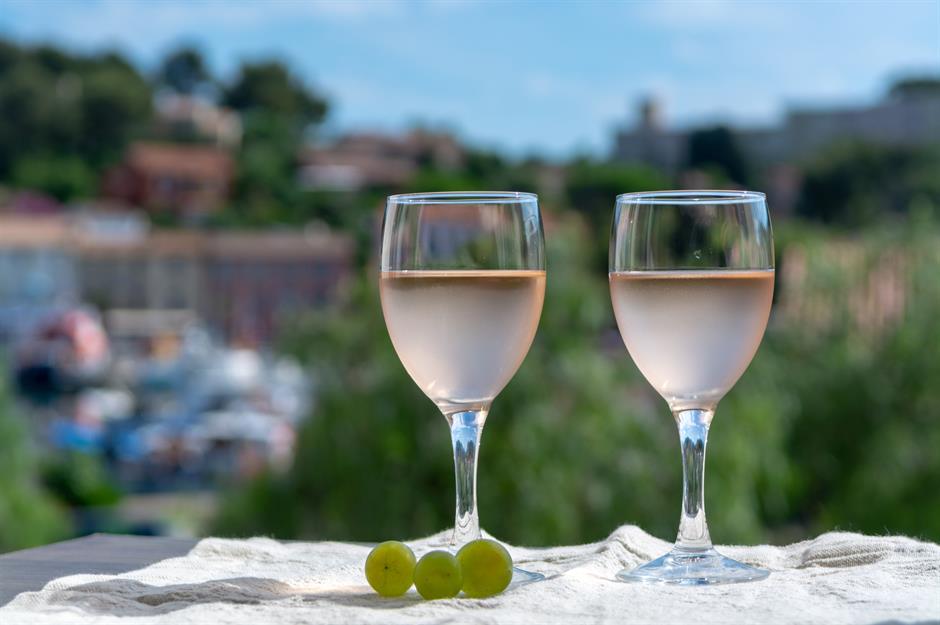
What’s the difference between sparkling wines?
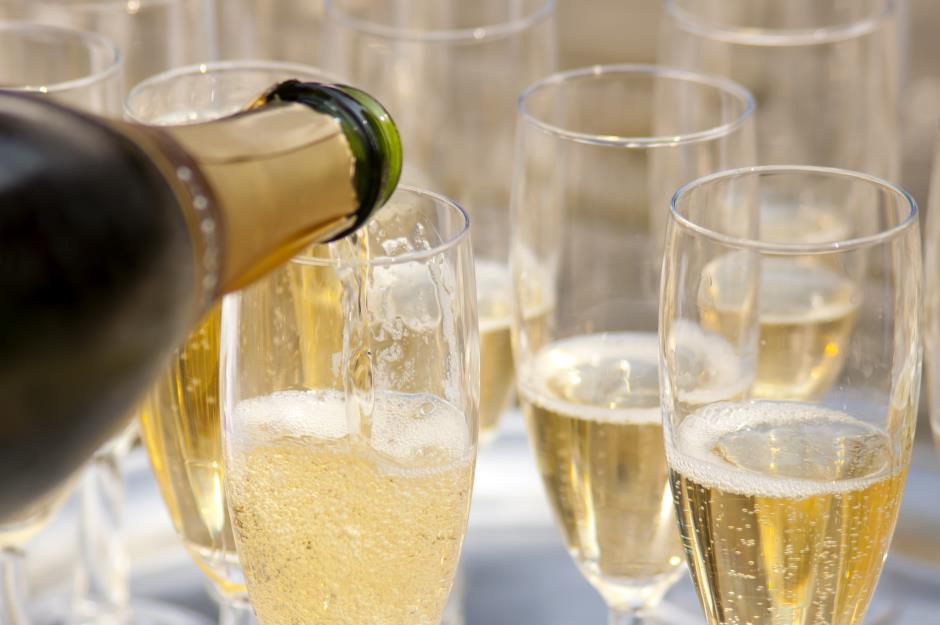
Various production methods can be used for sparkling wines. The Champagne method – a two-step process which includes a secondary fermentation in the bottle – is used worldwide and sets apart the finest fizz, including French Champagne, Spanish cava and sparkling wines from England, the US, Australia and New Zealand. Prosecco, meanwhile, is fermented in pressurised steel tanks. Note that within the EU, Champagne may only be labelled as such if made in the Champagne region of France; in the US domestic wines may also carry this label.
What is a fortified wine?
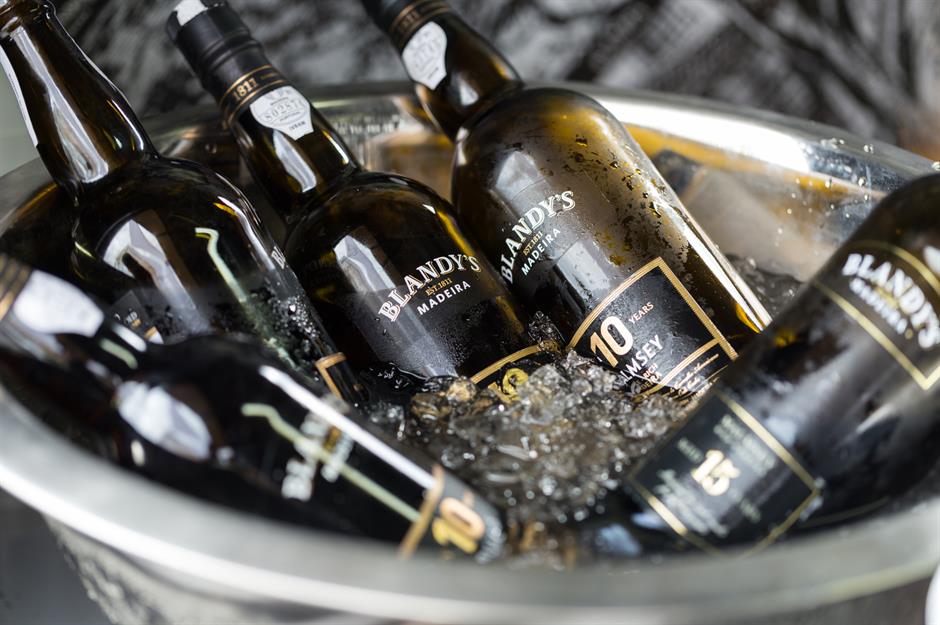
Fortified wines are a group of wines including port, madeira and sherry. They're united by the fact that they all have had a higher-strength spirit (often brandy) added to them to bring them above 15% ABV (30 proof). Due to their stronger flavours and alcohol content, they tend to be enjoyed as aperitifs before eating or with dessert and cheese, rather than with a main meal.
What are vintages?
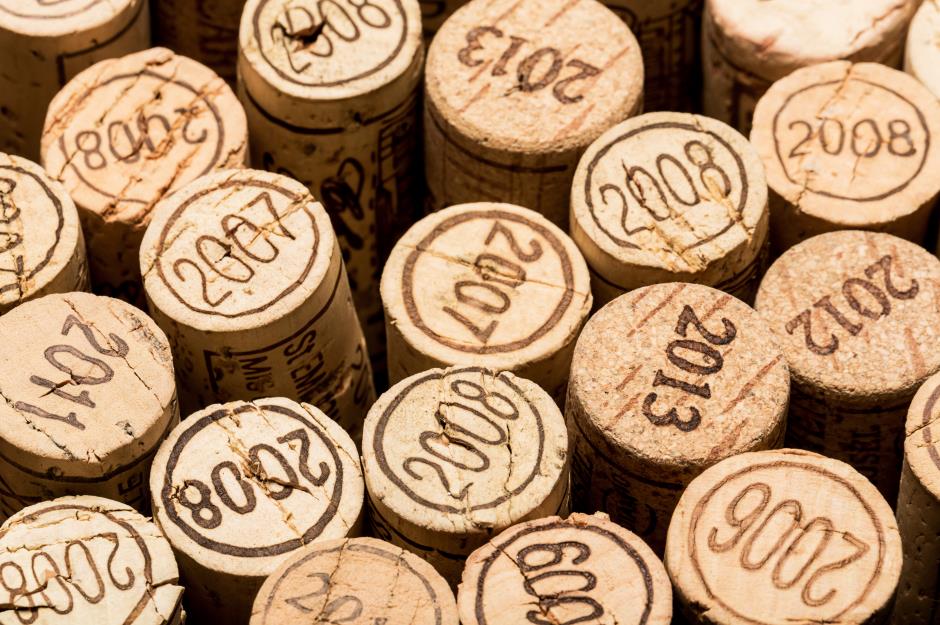
A wine's vintage is simply the year in which the grapes were picked. Its impact on how the wine tastes can be significant if the weather in that specific wine-growing region was particularly good or bad that year, or minor, in the case of blended wines or wines from large regions. Not all wines attribute a year and may be labelled 'NV' ('non-vintage'), most notably fortified and sparkling wine, including Champagne. This is because they're usually made from wines blended from multiple-year harvests. Although if there's an exceptional year's harvest, vintage Champagne and port will be made.
What are varietals?
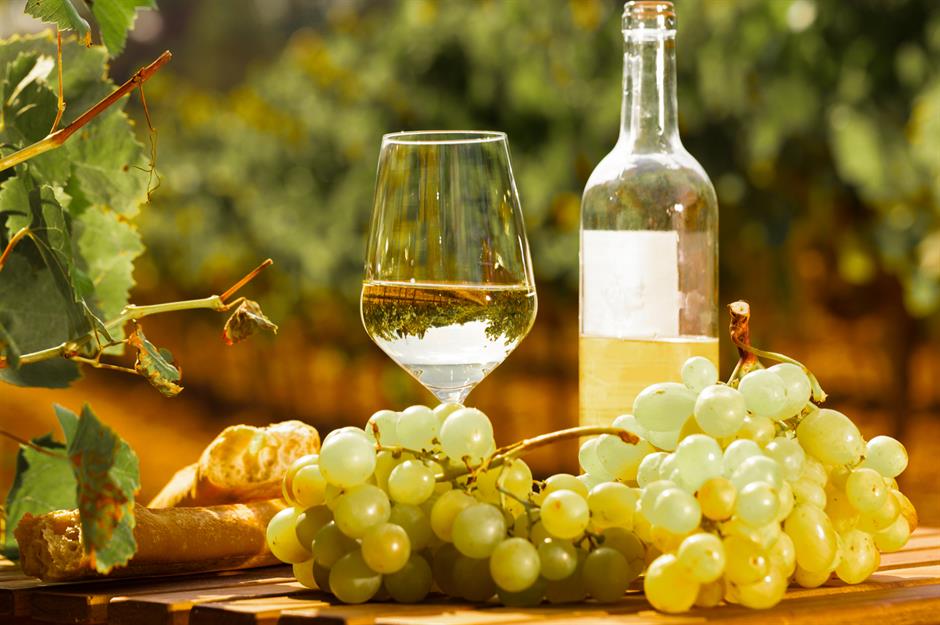
Are organic wines worth buying?
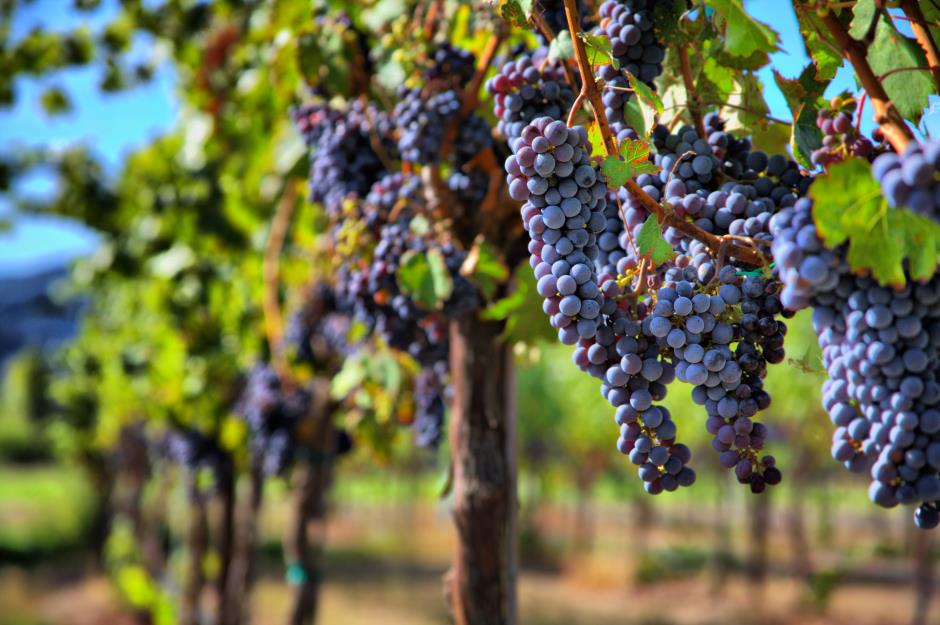
Organic wine is made with organic grapes which have been grown without the use of chemicals like pesticides and artificial fertilizers. But, as with many foods, an organic label doesn't guarantee superior taste and quality. There are good and bad organic wines, just as there are good and bad non-organic wines. Much better indicators are that the bottle comes from a small or medium-sized winemaker and that sustainable agricultural and labour practices have been used in its production. Above all, it's important to choose a wine you personally want to drink, organic or not.
Are corks better than screwcaps?
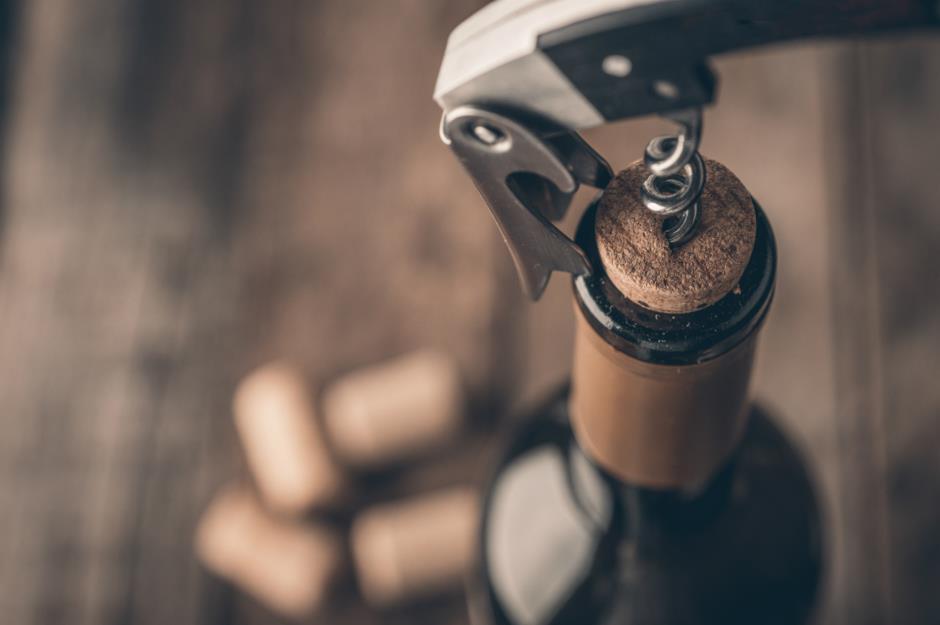
Is older wine better?
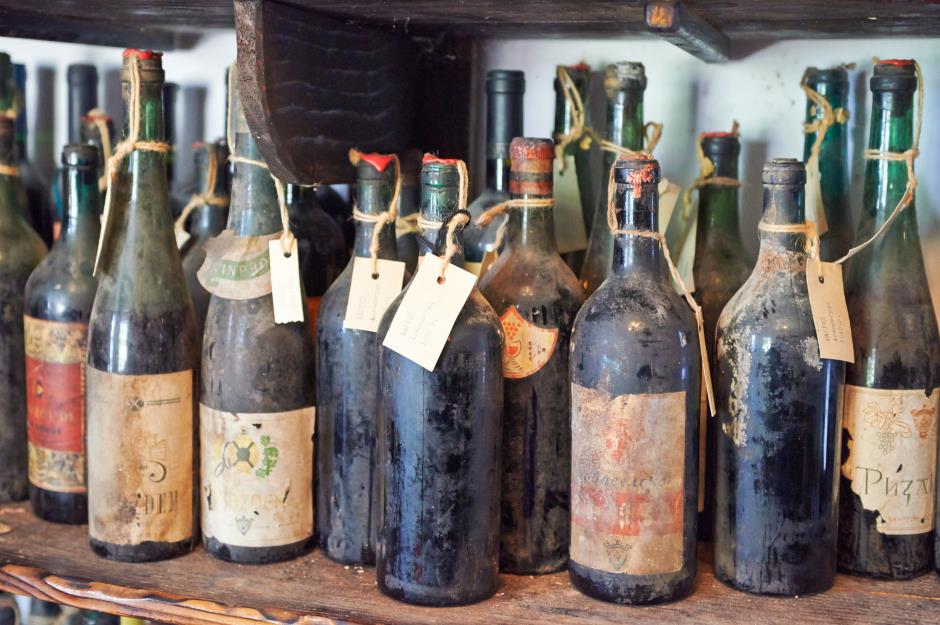
It's true that some wines can improve with age, building character and complexity over time. Fine wines, such as the best bottles from Bordeaux, need years to develop. Other wines are specifically made to be enjoyed young and fresh, such as crisp sauvignon blancs from New Zealand.
What is the ideal temperature to serve wine?
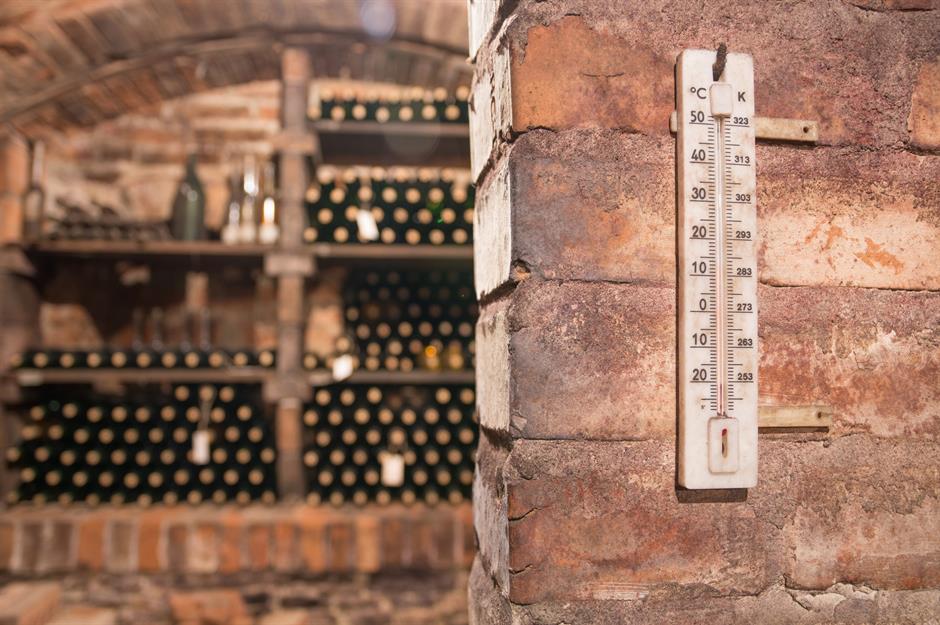
Do you need to use specific glass shapes?
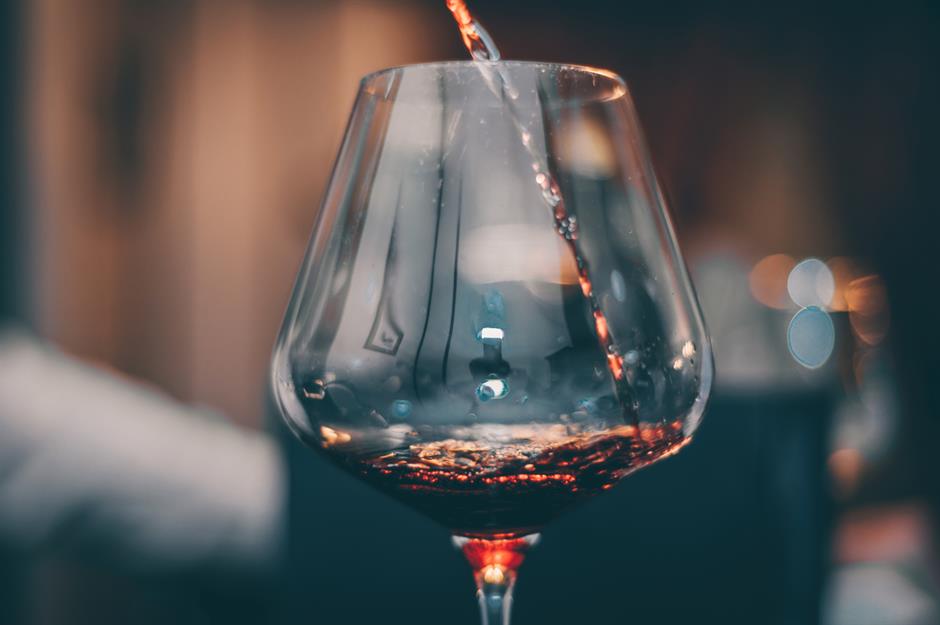
While different wines often benefit from glasses specifically designed to accentuate their flavours, helping to ‘launch’ the wine onto different parts of your tongue, fancy glassware isn't necessary. What’s more important is you use a glass large enough, and leave it empty enough, to allow all the aromas to develop so you can explore them as you taste. However, a tulip glass or flute is definitely best for sparkling wine, so it's tall enough to allow the bubbles and aroma to fully develop.
How can you tell wine is corked?
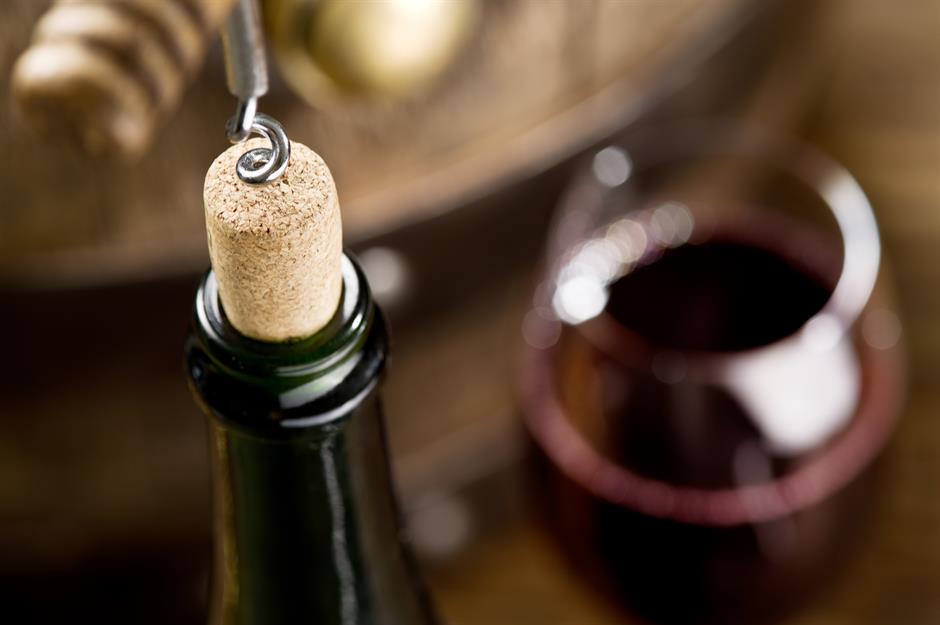
Is a restaurant’s house wine a good choice?
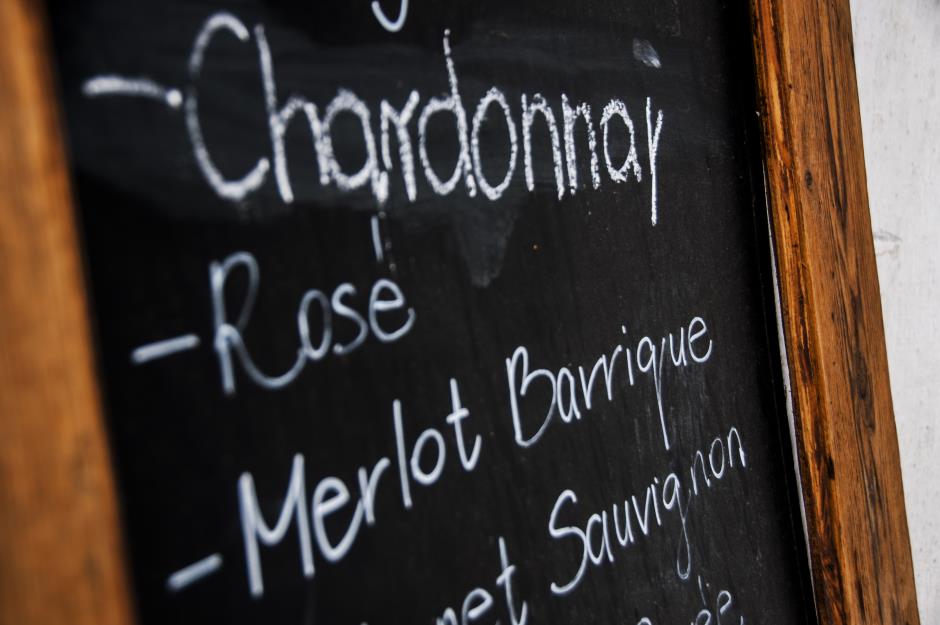
What’s the best way to navigate a wine list?
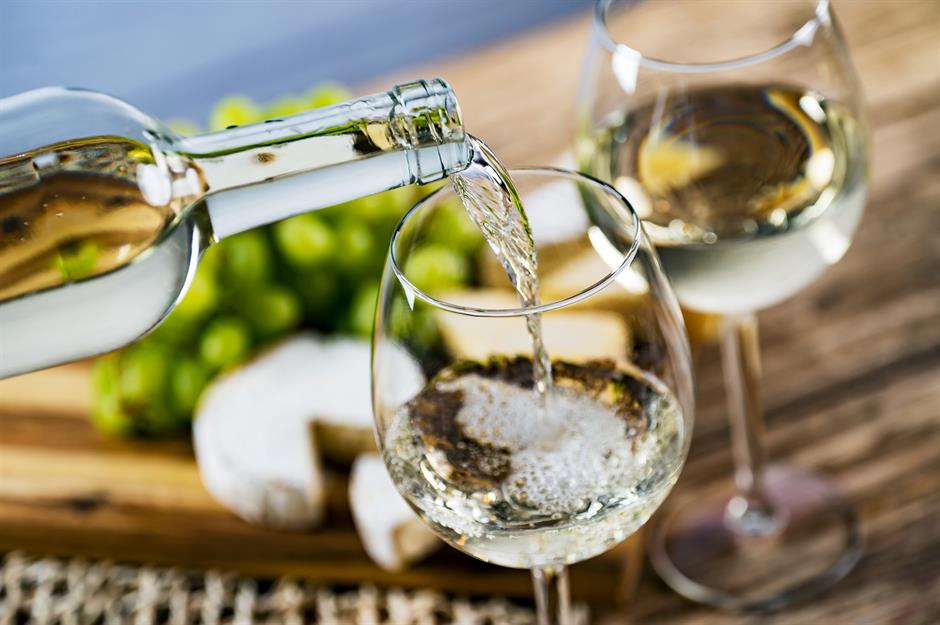
The first rule: be guided by your budget. There’s nothing wrong with ordering the house white. Both chain restaurants and Michelin-star restaurants put effort into choosing theirs carefully. If you’re splashing out on wine, check the vintage. It’s only worth spending money on wine that has had years to mature its flavours. The second rule: think about whether it will complement what you’re eating. Some people like to pair food and wine from the same region, spicy foods work well with sweeter wines, and light fresh reds and rich white wines are good all-rounders.
Is a sommelier’s advice worth following?
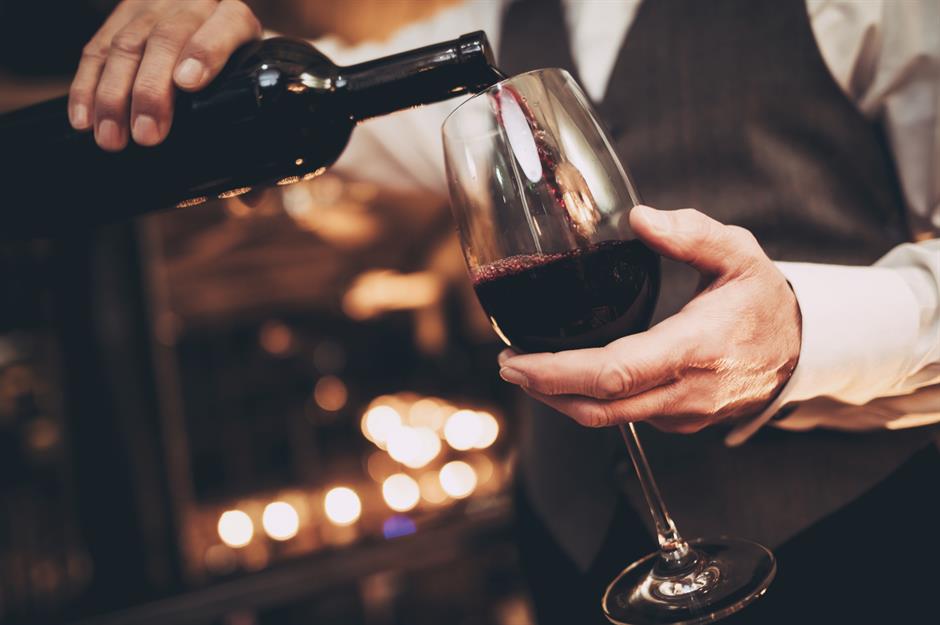
Sommeliers can help you understand whether you are likely to enjoy a certain wine and whether it will match well with the food you've ordered. They may also reveal wines that aren’t on the list that might be worth trying, or point you in the direction of more unusual bottles you might have overlooked. Of course, a bad sommelier that pushes a certain wine, doesn't listen to you or belittles your wine knowledge is worth ignoring.
Should I put white wine in the fridge?
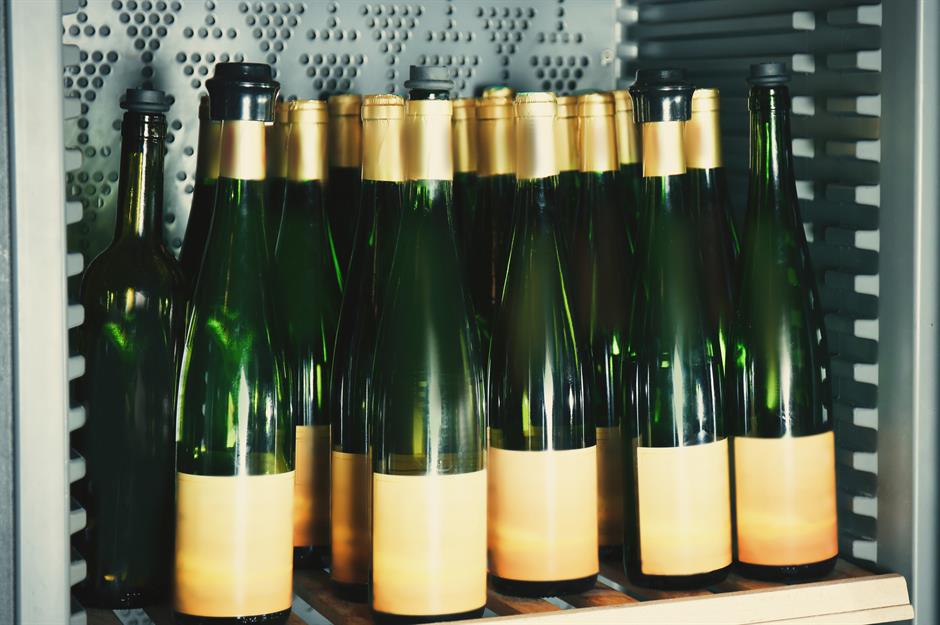
The fridge is the best place to chill white wine, but leave it in there for less time than you think. Most white wines are best served between 7°C and 13°C (45°F and 55°F) – cold enough to be crisp but warm enough for the aromas and textures to come through. Around 30 minutes in the fridge will usually achieve this; don’t leave bottles in there for days.
Check out these hacks for a perfectly organised refrigerator
Should I put red wine in the fridge?
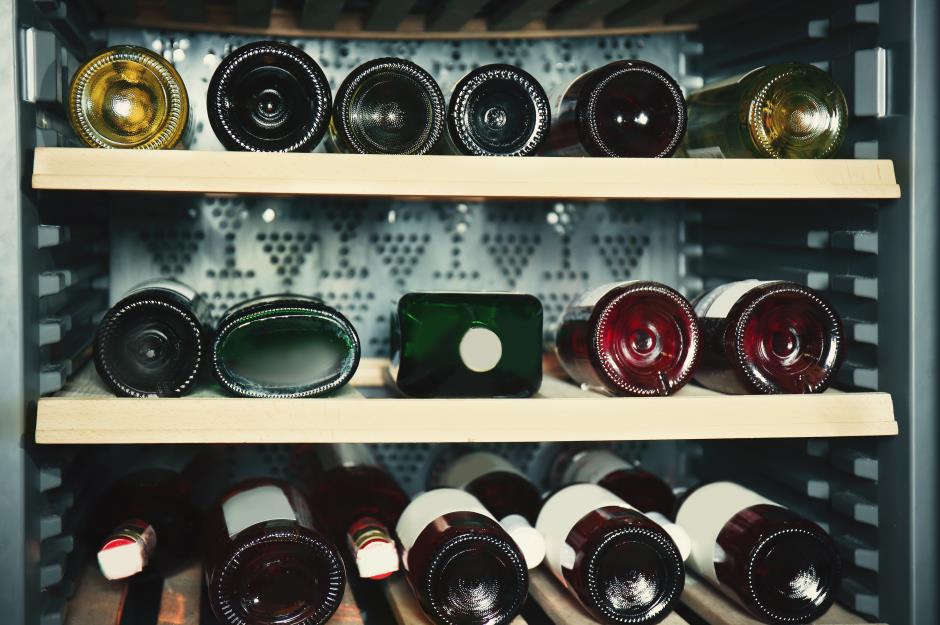
This is all down to your room temperature but generally speaking, many red wines will benefit from a brief spell (15 minutes or so) in the fridge, unless they've come up from a cellar. Reds are best served between 13°C and 18°C (55°F and 64°F), significantly colder than most drinking environments. This range is warm enough for spicy characters and tannins to be apparent and cool enough to be enjoyable. Lighter reds such as beaujolais can be chilled even further.
Do I need to store wines horizontally?
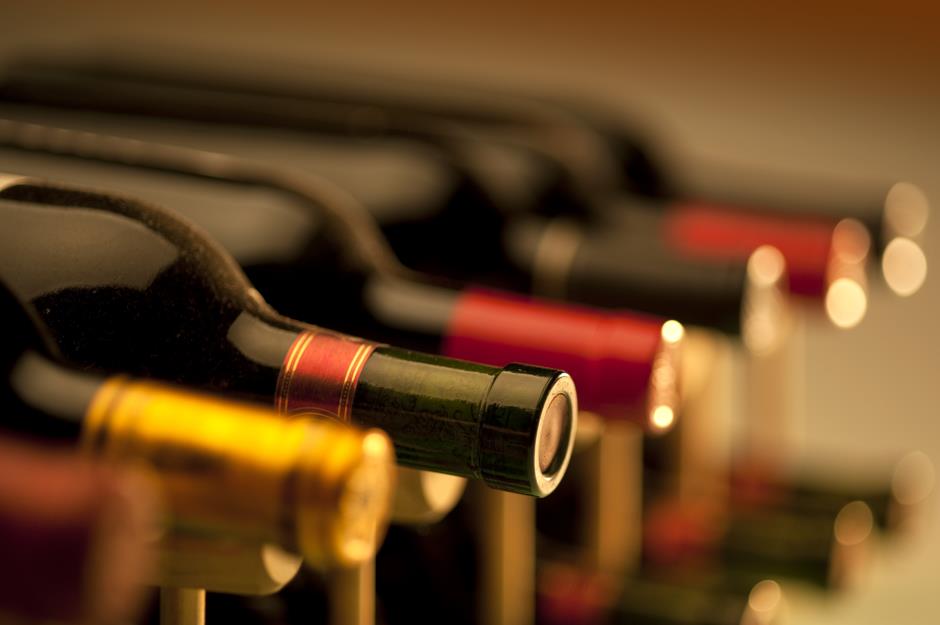
Is a wine cellar the optimal way to store wine?
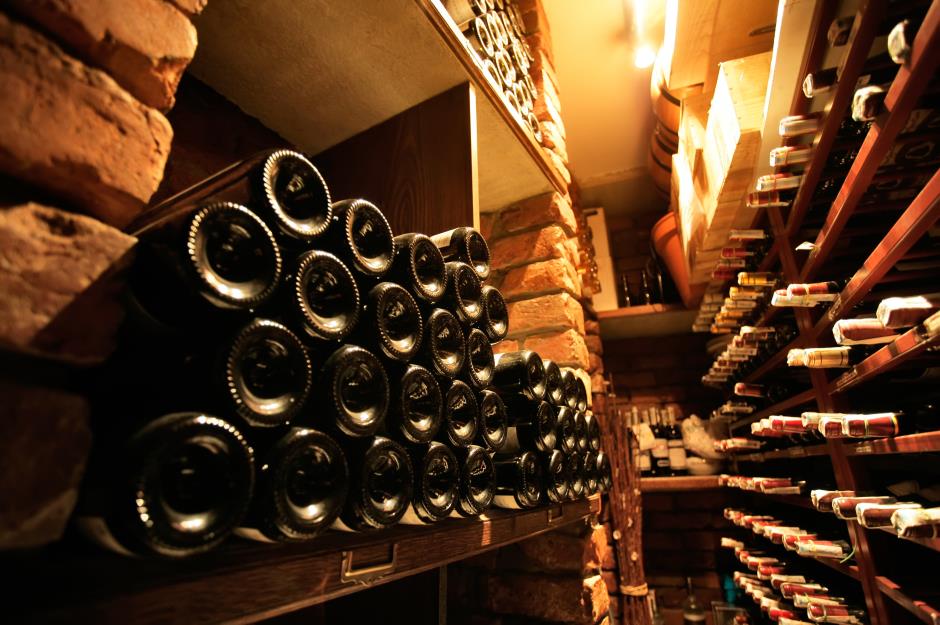
Wines love consistent, moderate temperatures which is why storing wine next to an oven or dishwasher isn’t recommended. If you have a cellar, lucky you! If not, a cool, dark place with a steady temperature as close to around 13°C (55°F) as possible is ideal.
How long does an open bottle keep for?
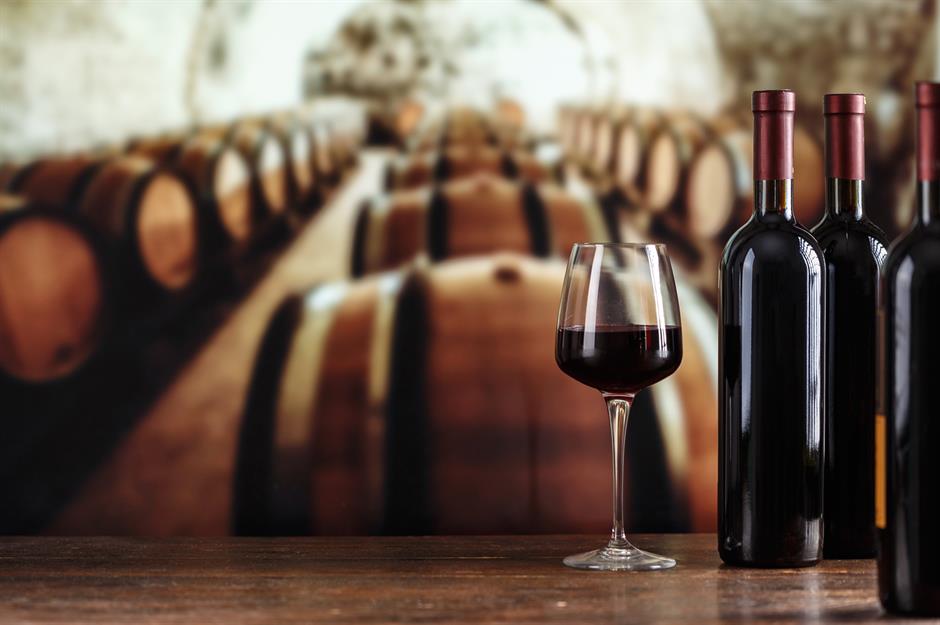
All wine will start degrading once the bottle is opened, with quality deteriorating as time passes. But most wines are still good to enjoy up to three or four days later. The key is to ensure that the wine has as little contact with air as possible, so invest in a high-quality stopper.
Here's how long you can safely store more of your favourite foods and drinks
What do ‘New World’ and ‘Old World’ mean?
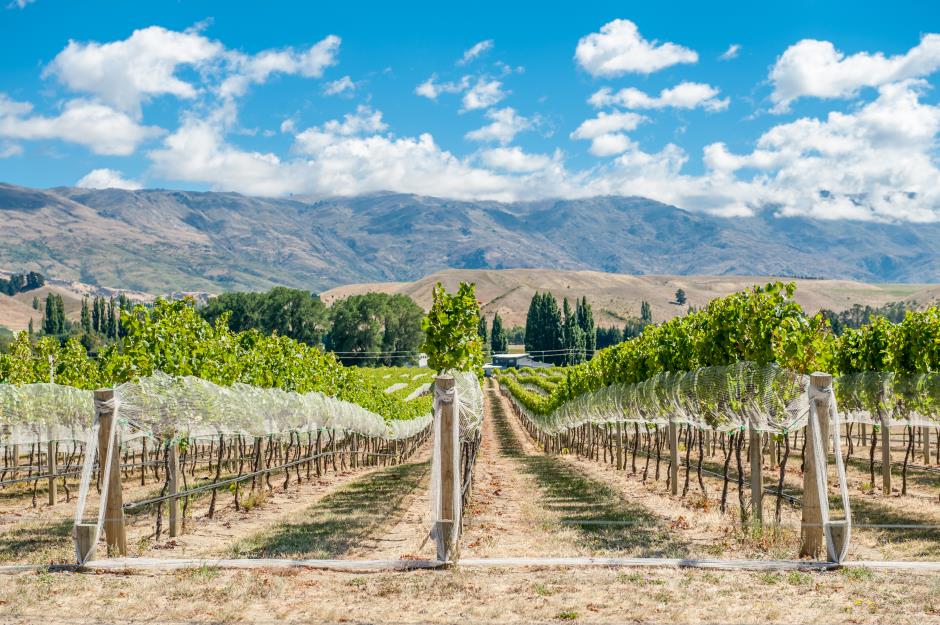
Is French wine the best in the world?
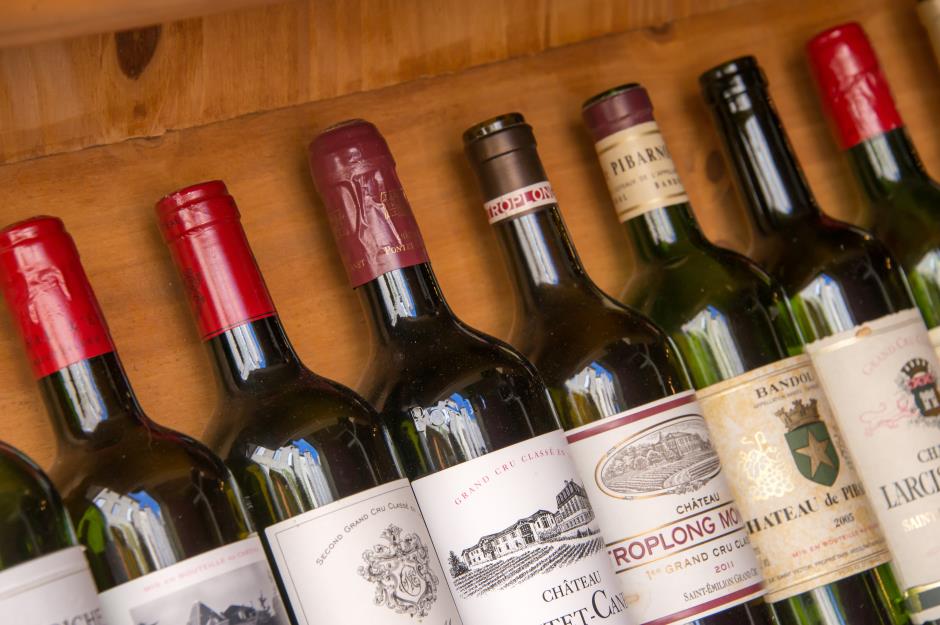
Some wine experts think so, although they certainly don't all agree. In fact, one of the most controversial moments in wine history was the 1976 Judgement of Paris, at which American wines beat French for the first time. It's true that many French wine regions have been used as a blueprint for winemaking around the world, yet the same is true for many Old World countries. Equally, many New World wine regions today are producing some of the world's most innovative and refined wines. Essentially, it's all a matter of taste.
Is English wine worth buying?
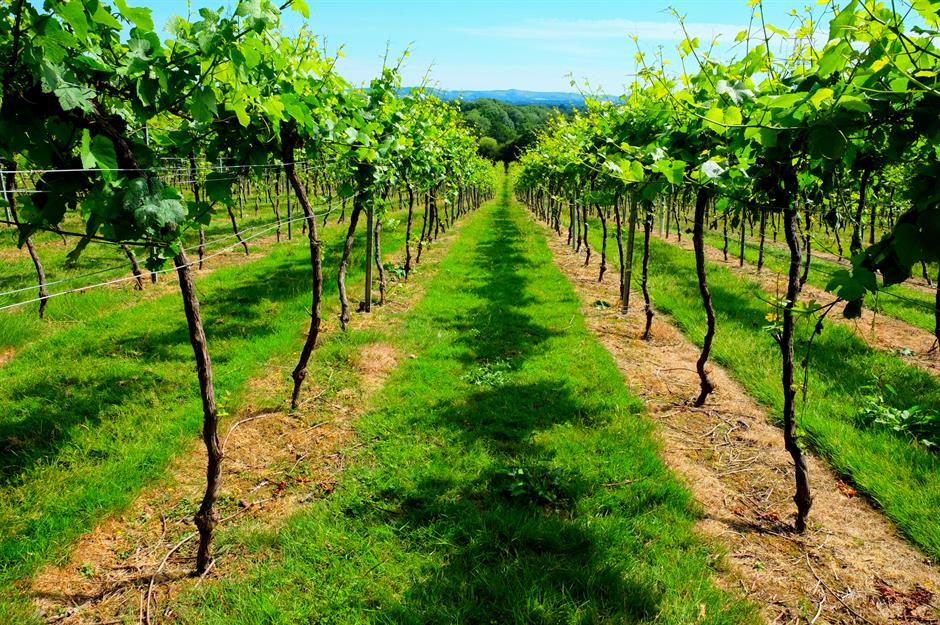
Huge progress has been made in English vineyards in the last 10 years, and some excellent wines (mostly white and sparkling) are now on the market. Look out for the grapes like bacchus, madeleine angevine and pinot noir, which have been grown widely with great success. With the impact of climate change, parts of southern England are also producing award-winning wines in a very similar style to those from Champagne; some have even beaten French Champagnes in blind tastings.
Is American wine worth buying?
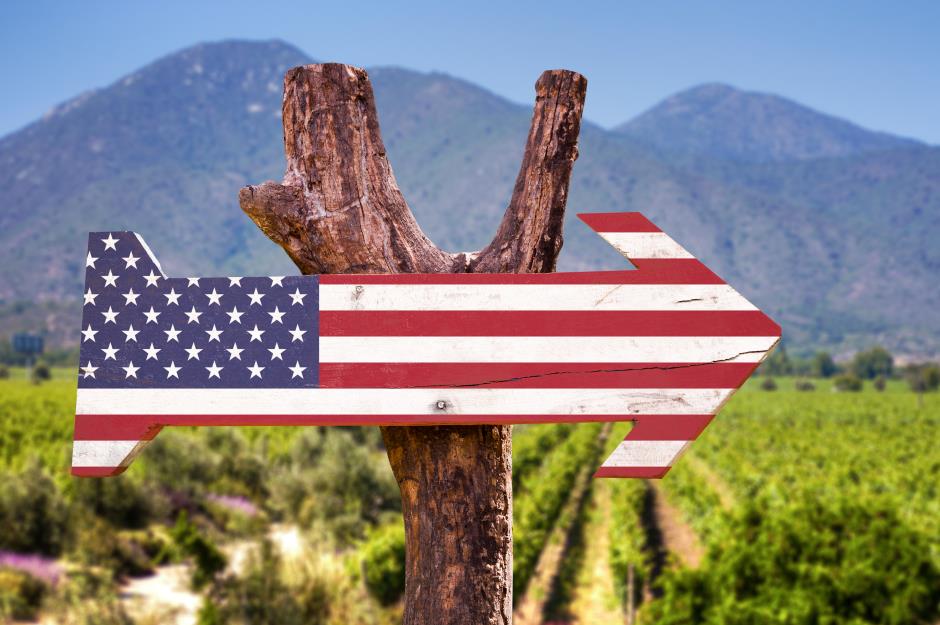
American wines have long been considered among the world’s best, particularly the sophisticated, complex reds from Napa and Sonoma in California. Other regions such as Washington State and Oregon's Willamette Valley are growing an excellent international reputation, with newer winemaking areas including New York State's Finger Lakes and Texas Hill Country hot on their heels.
What style of wine will I like?
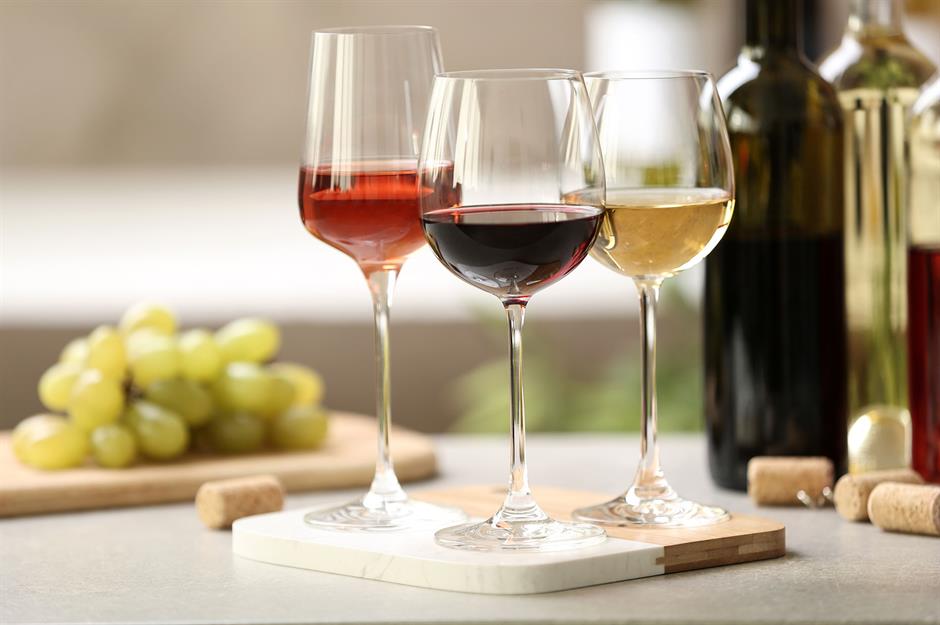
In all honesty, only you can know that. By trying different wines and different examples within each style, you’ll get a better sense of what you like. Many restaurants and shops will be able to advise you via an ‘if you like that wine, you may like this wine’ process. You can then start to pair styles together. For example, those who like aromatic grapes such as riesling and gewurztraminer (both white) will often like the gutsier, fruity notes of shiraz (a red grape, also known as syrah).
Now discover how these famous foods and drinks got their names
Comments
Do you want to comment on this article? You need to be signed in for this feature